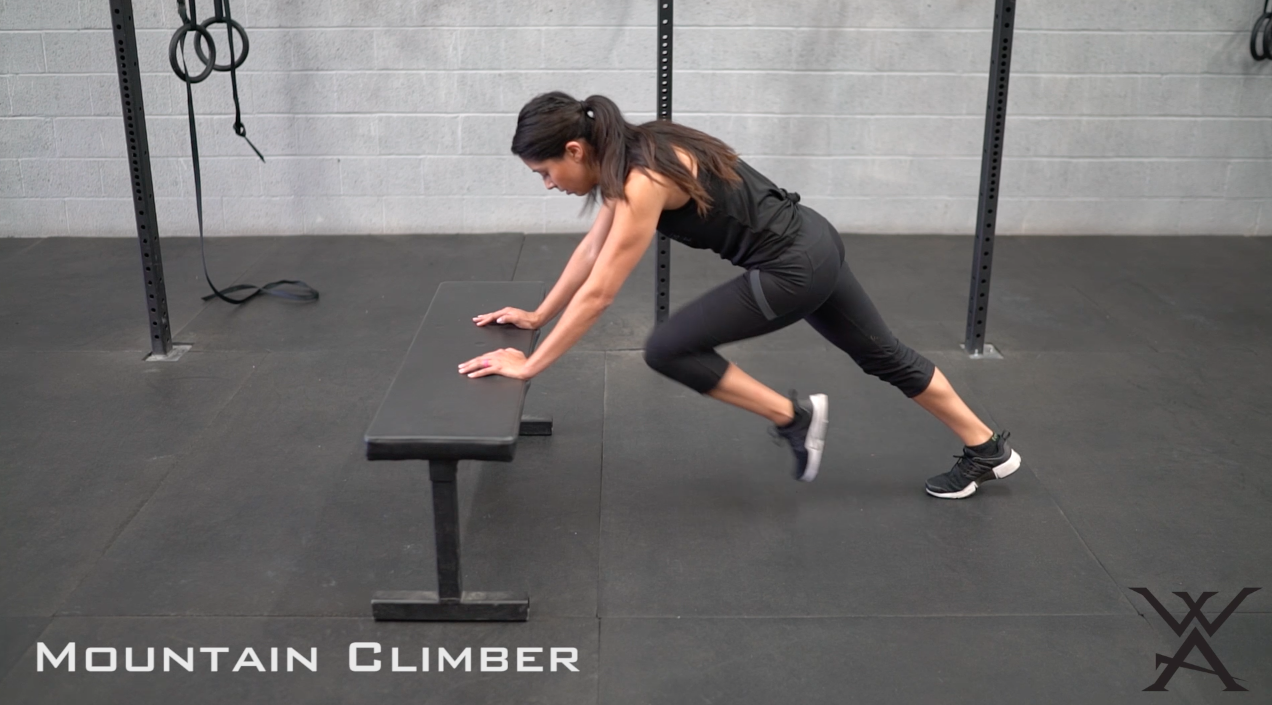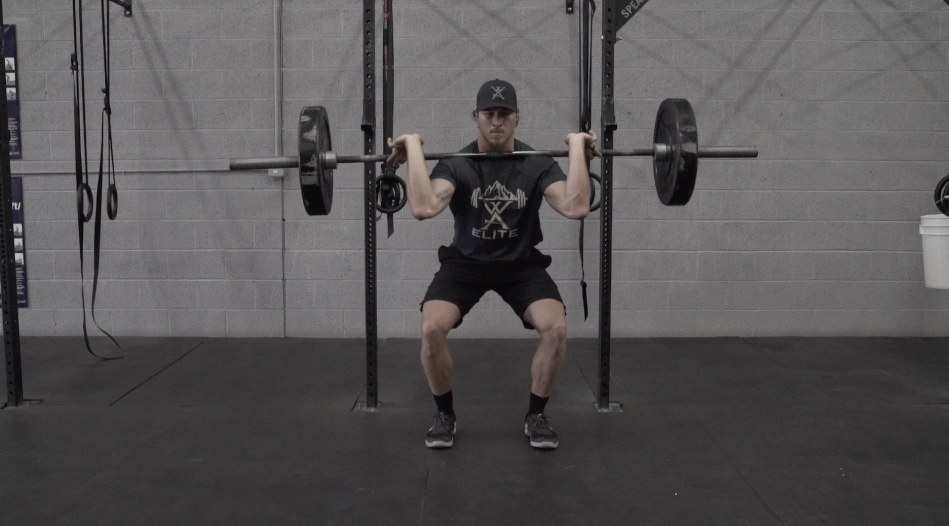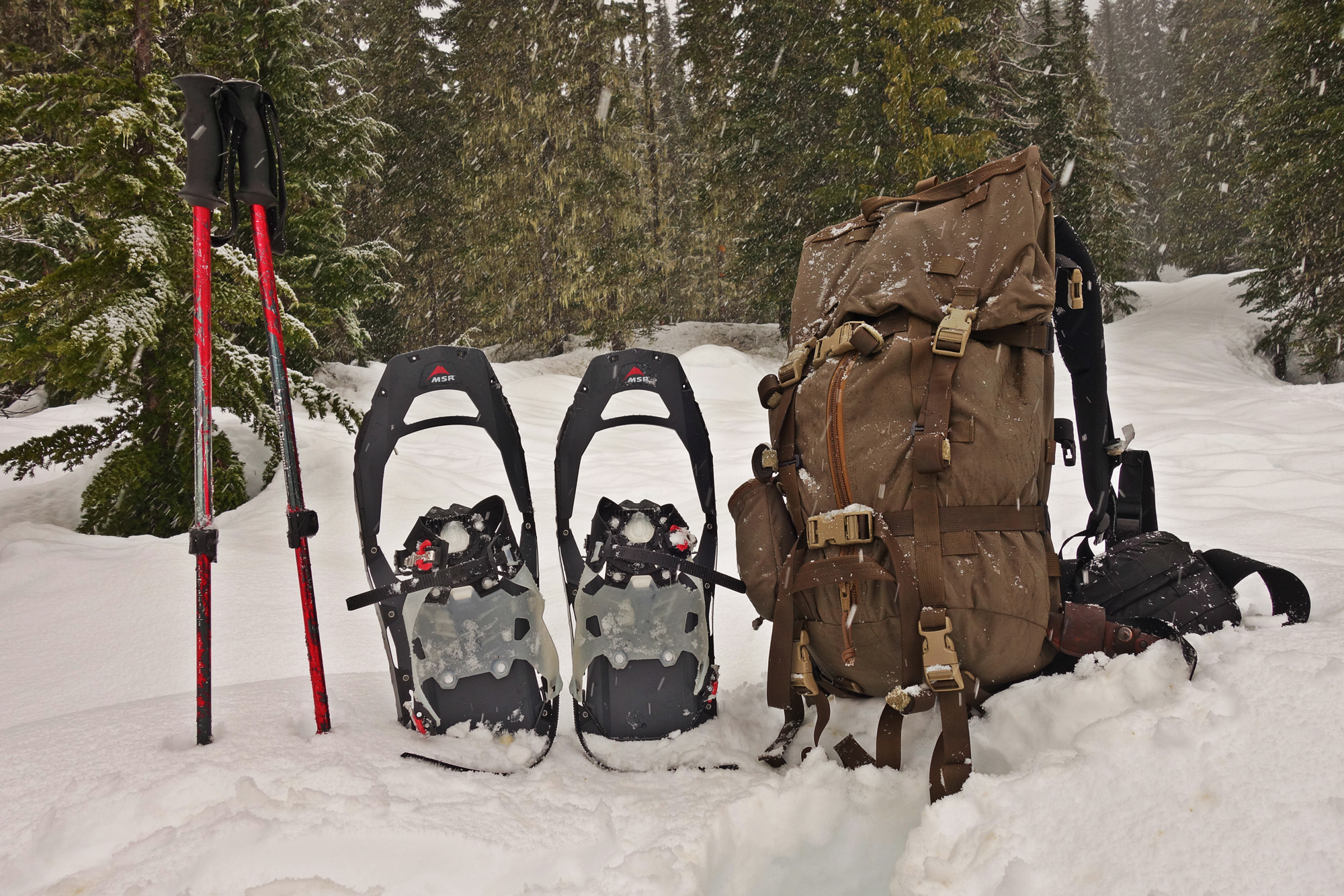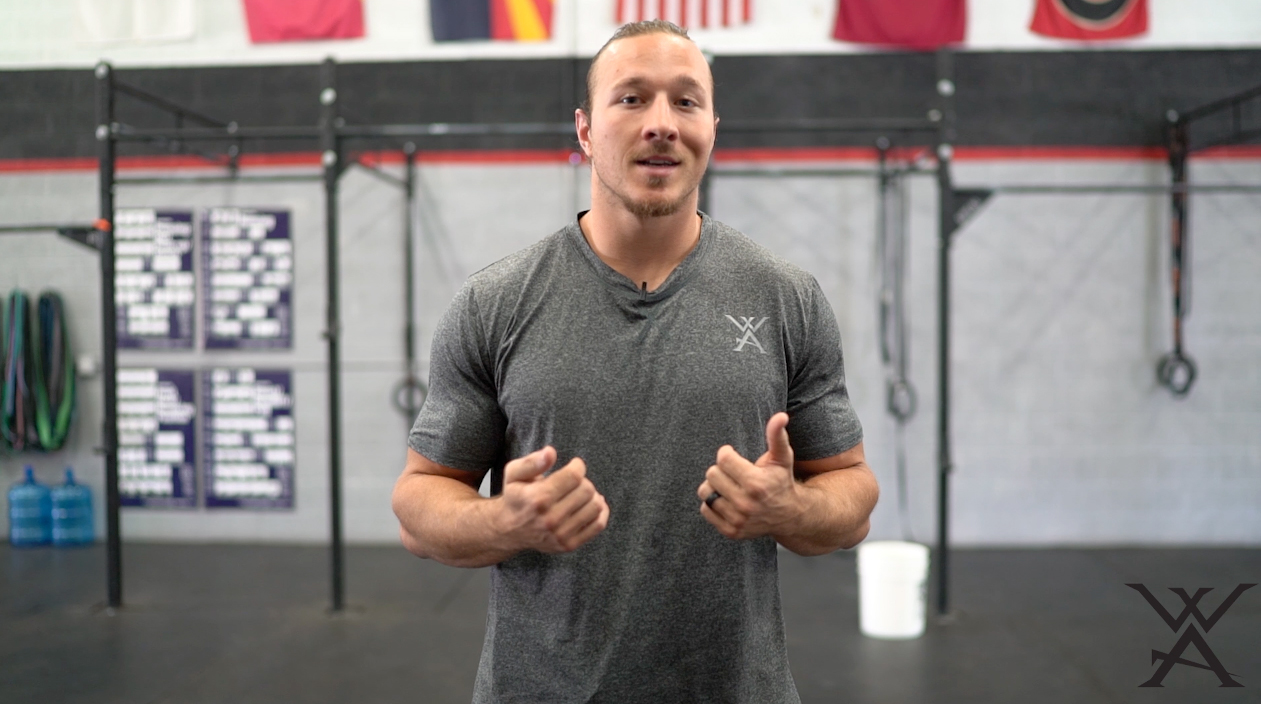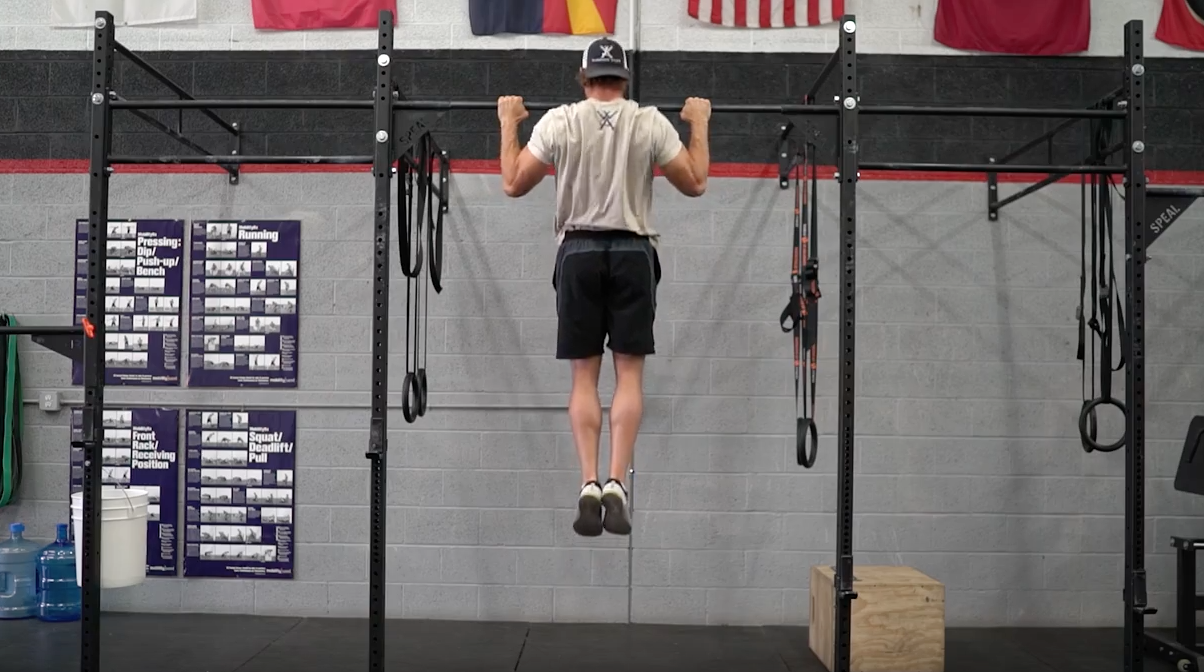Core Circuit
We have talked a little about your core and how it is the foundation of all movement. We have given you some basic exercises to solidify your core but today, we are going to put you through a 10-minute workout that is going to take your workouts to a more advanced level.
This is a total body core circuit that not only hits your core but also your upper body. What’s nice about this workout is that you can do it almost anywhere with Minimal equipment.
Make sure to start with a warm up before jumping into any workout.
This is a core circuit consisting of 3 sets of 20 seconds of work and 10 seconds rest or 10 – 12 reps per move. This type of timed workout is also called a Tabata and you can use multiple apps to help with the timing of this workout. We use the app called seconds to keep track of our sets.
EXERCISES
*Make sure to rest 1 minute between each set*
Mountain Climbers
- Begin in a plank position. Alternate bringing your left and right knee toward your chest. The key to this exercise is to keep your pelvis tucked under and your abs tight.
- Second round: Add this move – Tap right foot to right side. Return to neutral and repeat to left side.
- Last Round: This time alternate each knee to your opposite elbow.
Side Ball Slams
- Stand with your feet shoulder-width apart, with your knees slightly bent and a non-bounce medicine ball held overhead.
- Throw the ball down to the ground in front of your feet with as much force as possible. Exhale during the movement and contract the abs powerfully.
- If possible, catch the ball as it bounces from the floor. If there’s no bounce at all keep the ab muscles engaged and pick the ball from the floor.
- Lift the medicine ball back to the starting position and repeat.
Notes:
- It’s important that non-bounce medicine balls are used for ball slams or you might end up with a broken nose! Dead balls are a popular choice as they are rubber balls filled with sand and will deform when impacted, with minimal bounce.
- Test how bouncy the ball is before starting the exercise!
Inchworms
- Starting Position: From a standing position with your feet together or slightly apart, engage (“brace”) your abdominal muscles to stabilize your spine.
- Gently exhale and bend forward from your hips (“hip hinging”). Try to keep your knees straight but not locked. Slowly lower your torso towards the floor until you can place your fingers or palms of your hands on the floor in front of your body. If your hamstrings are tight, you may need to bend your knees slightly. Try to keep your spine flat.
- Slowly begin to walk your hands forward, away from your feet. Your heels will begin to rise off the floor. Continue walking your hands forward until you reach a full push-up position where your spine, hips, and head are level with the floor (plank position).
- Perform one full push-up, bending the elbows and lowering your chest and hips simultaneously to the floor. Maintain a rigid torso and keep your head aligned with your spine. Do not allow sagging in the low back or ribcage. Keep your hips level. Do not allow your hips to hike upwards during this downward phase. Continue to lower yourself until your chest or chin touches the floor. Allow your elbows to flare outwards during the lowering phase.
- Press up to plank position keeping the torso rigid and your head aligned with your spine. Do not allow sagging in the lower back or ribcage. Keep your hips level. Do not allow your hips to hike upwards during this phase. Continue pressing until the arms are fully extended. Slowly begin walking your feet forward towards your hands, taking steps without moving your hands. Maintain a flat spine throughout and continue walking until your feet are close to your hands.
- Repeat this movement and continue for 10 – 15 yards (9-13 m).
- Exercise Variation: You can progress this exercise by adding multiple push-ups in the lowered position.To maximize the benefits of this exercise and reduce the potential for injury, it is important to monitor the position of your spine throughout the exercise. Focus on keeping your spine flat and avoid any rounding of your low back. Smaller steps help maintain correct body position. Reaching too far forward with your arms will put unnecessary stress on the shoulders.
Side Planks
- Start in a push-up position with your hands under your shoulders and your legs straightened directly behind the body about hip-width apart. Squeeze your thighs and glutes while straightening your right arm and pressing it into the floor. You will hold this for 10 seconds then switch to the other side. The scaled version of side planks is just performing this move on your elbows with the lower arm at 90-degree angle.
Bear Crawls
- Start on your hands and feet with your knees bent. Start walking forward on your hands and feet. Begin to move your right leg with your left arm and left leg with your right arm. Once you have gone about 4 steps you will switch directions. Repeating the movement in all directions making the shape of a box. The key to this exercise is to keep your core tight and butt down making sure you are in a stable position, not rocking back and fourth.

